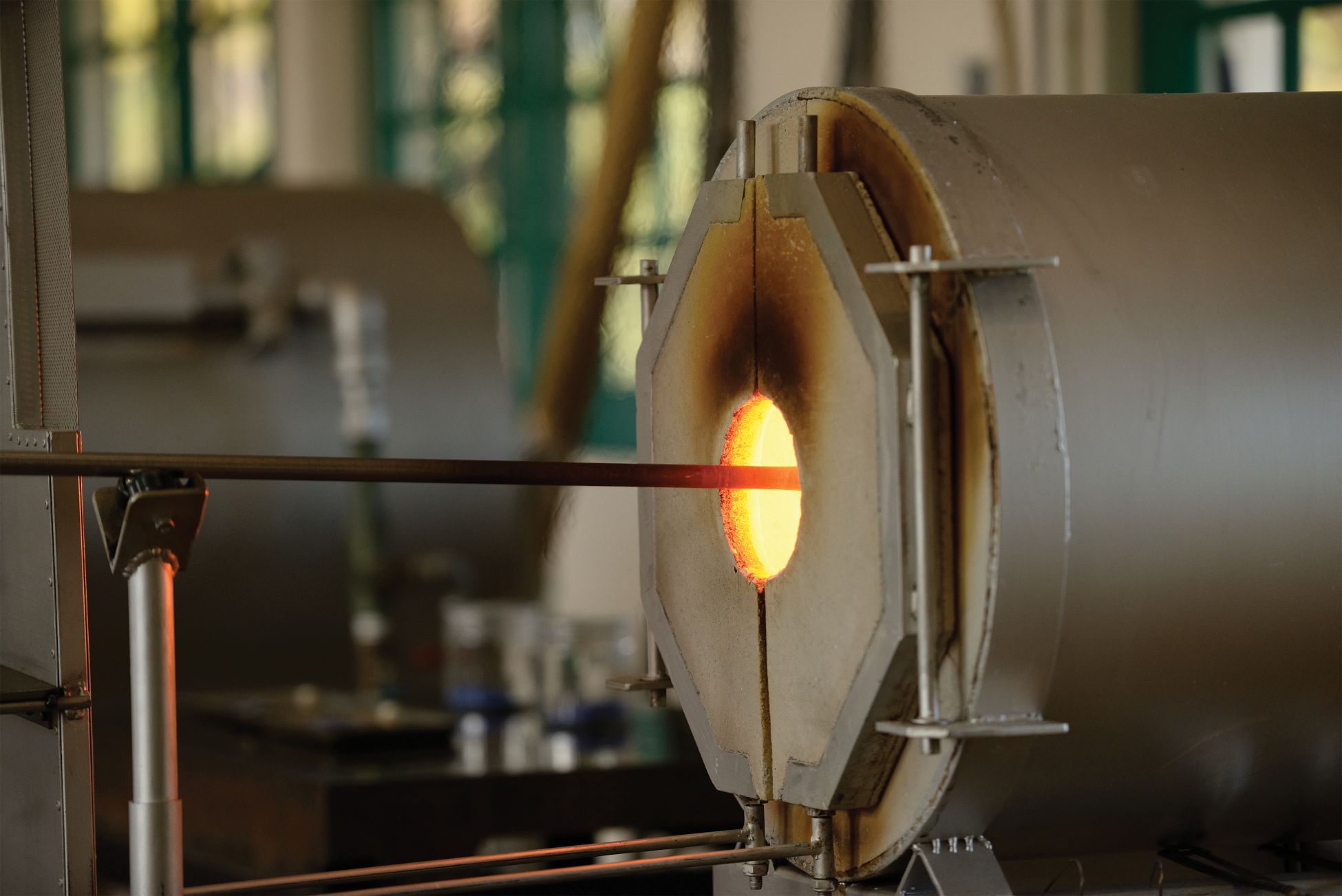Bearing Life and Effects of Harsh Operational Environments
Manufacturers in nearly every industry are increasingly raising performance expectations for rolling-element bearings, while at the same time exposing them to operating and environmental conditions that, when extreme, can reduce the rating life by as much as 90 percent.
Bearing Life, Explained
Under typical operating conditions when bearings rotate, the inner and outer rings and rolling elements are constantly loaded and unloaded. This produces material fatigue and eventually bearing failure. Statistically, the total number of revolutions reached or exceeded by 90% of a sufficiently large group of apparently identical bearings before the first evidence of material fatigue occurs is called the basic rating life.
Manufacturers of ball bearings typically publish load ratings for each bearing they produce. The methods used to calculate ratings can vary from manufacturer to manufacturer. However, both ABMA and ISO have published standards related to load ratings:
- ABMA Std. 9 – Load Ratings and Fatigue Life for Ball Bearings
- ABMA Std. 12.1 and 12.2 – Instrument Ball Bearings
- ISO 76 – Static Load Ratings
- ISO 281 – Dynamic Load Ratings and Rating Life
Dynamic load ratings are determined by bearing geometry, number and size of balls, bearing pitch diameter, and ring and ball material. This load rating is used in conjunction with the actual applied radial load to calculate bearing fatigue life.
The static load rating relates to limiting loads applied to non-rotating bearings. The static load rating depends on the maximum contact stress between the balls and either of the two raceways. It is affected by material, number and size of balls, raceway curvatures, raceway depths, and contact angles. It is also based on using clean, high quality bearing steel with typical hardness levels of 58-64 Hardness Rockwell C (HRC) for rings and 60-65 HRC for balls.
A change in the pitch circle diameter can impact the dynamic load rating, and a change in the ball diameter or ball quantity can impact both load ratings. Changing all of these variables at the same time can result in the dynamic capacity moving in one direction and the static capacity moving in the opposite direction.
Both standards, ABMA Std.9 and ISO 281, use the same method to determine the basic rating life of a ball bearing. However, while based on similar concepts, they use different modifiers to determine the adjusted rating life. These include adjustments for reliability, special bearing properties, operating temperature, lubrication conditions, and certain environmental factors.
For example, the life adjustment factor, a2, relates to special bearing properties, such as material. AST’s standard bearings are made from superior quality vacuum degassed steel, leading to an extended life for the bearings. The basic load ratings have been established by taking this longer life into consideration. This gives an increase in the operating life in hours by a factor of 2.2, and an increase in the load carrying capacity by a factor of 1.3.
Learn about important design modifications AST engineers recommend for preventing a reduction in bearing life in Bearing Life and Effects of Harsh Operational Environments – Part 2. Coming February 25, 2022.

SpaceX Crew Dragon spacecraft docking to the International Space Station.

Glasswork: glass melting on the side of an electric furnace.

